A Permit-to-Work system is a formal recorded process used to control work which is identified as potentially hazardous. The aim of using a Permit-to-Work system is to ensure that proper consideration is given to the risks of a particular job or simultaneous activities at a site and to provide a documented record of this. It is also a means of communication between site management, supervisors and operators and those who carry out the hazardous work, irrespective of whether they are own maintenance personnel or third party contractors.
The terms ‘Permit-to-Work’, ‘Permit’ or ‘Work Permit’ refer to the paper or electronic certificate or form which is used as part of an overall system of work, and which has been devised to meet specific needs.
Whether it is manually or electronically generated, the permit is a detailed document which authorises certain people to carry out specific work at a specific site at a certain time, and which sets out the main precautions needed to complete the job safely. The people doing the job sign the permit to show that they understand the risks and precautions necessary. Hazardous work will also require Risk Assessment and Method Statement documentation which will provide further detail on risks, controls and a safe working procedure, and the Permit-to-Work should make reference to this information.
Typical Use
A Permit-to-Work system is normally used to manage work of an unusual or significantly hazardous nature requiring use of trained persons and other specific control measures. Such systems can be used to ensure potentially hazardous work is carried out safely. Typical examples where use of a Permit-to-Work would be expected include:
- Work at height (including maintenance).
- Confined space working.
- High voltage electrical work.
- Work on machinery.
- Chemical pipeline breaking.
- Work involving the use of particularly hazardous/dangerous substances, including radioactive materials and explosives.
- Diving, including onshore operations near water.
- Pressure testing.
- Movement of heavy loads outside of routine production tasks.
- Any significant task not subject to a suitable risk assessment.
- Hot work.
Essential Features
A Permit-to-Work ensures a formal check is undertaken to make sure all the elements of a safe system of work are in place before people can enter or work in the area or begin the subject task. It is also a means of communication between site management, supervisors, and those carrying out the hazardous work. Essential features of a Permit-to-Work:
- Clear identification of the types of work considered hazardous.
- Clear identification of who may authorise particular jobs (and any limits to their authority) and who is responsible for specifying the necessary precautions (e.g. isolation, air testing, emergency arrangements etc.). This must be a competent person with suitable knowledge and experience.
- Clear and standardised identification of tasks, risk assessments, permitted task duration and supplemental or simultaneous activity and control measures.
- Ensuring that contractors engaged to carry out work are included.
- Providing a formal handover procedure for use when a permit is issued for a period longer than one shift.
- Training and instruction in the issue of permits to all parties involved.
- Monitoring and auditing to make sure that the system works effectively as intended and does not just become a “paper exercise”.
Objectives of a Permit-to-Work System
The objectives and functions of a Permit-to-Work system can be summarised as:
- Making clear to people carrying out the work the exact identity, nature and extent of the job and the hazards involved.
- Specifying the precautions to be taken, including safe isolation from potential risks such as hazardous substances, electricity and other energy forms.
- Ensuring that the person in direct charge of a site, plant or installation is aware of all hazardous work being done there.
- Providing not only a system of continuous control, but also a record showing that the nature of the work and the precautions needed have been checked by an appropriate person or people.
- Providing for the control of separate work activities that may interact or affect one another.
- Providing a formal hand-back procedure to confirm works are complete and the site is now safe to continue normal activities.
Summary
A Permit-to-Work is not simply permission to carry out a dangerous job. It is an essential part of a system which determines how that job can be carried out safely and helps communicate this to those doing the job. It should not be regarded as an easy way to eliminate hazard or reduce risk.
The issue of a permit does not, by itself, make a job safe – that can only be achieved by those preparing for the work, those supervising the work and those carrying it out. In addition to the Permit-to-Work system, other precautions may need to be taken – e.g. process or electrical isolation, or access barriers – and these will need to be identified in task risk assessments before any work is undertaken.
The Permit-to-Work system should ensure that authorised and competent people have thought about foreseeable risks and that such risks are avoided by using suitable precautions. It should also help those carrying out the job to think about and understand what they are doing to carry out their work safely and take the necessary precautions for which they have been trained and made responsible.
For further guidance on Permit-to-Work Systems see the Permit-to-Work Systems pages on the HSE website at:
About the author
This article is provided by our insurer partner, Arch and is written by Arch Insurance Risk Managers and/or surveyors and has not been verified for accuracy by a third party. This article is for general guidance only and aims to provide general information on a relevant topic in a concise form. None of the information should be taken as legal or professional advice and we recommend that for further information, you should speak to an expert in this field.


